Kalios Tree
- October 2, 2024
- 0 comment
The Kalios Tree (Streblus asper Lour.) is a significant species native to tropical regions, known for its versatile uses and ecological importance. Its sturdy, rough bark and evergreen leaves contribute to its resilience in diverse environments, where it plays a crucial role in preventing soil erosion and supporting biodiversity. Often found in traditional medicine, the Kalios Tree is valued for its medicinal properties, with its bark, leaves, and latex being used to treat various ailments. Economically, the tree provides durable wood, commonly utilized for making tools, furniture, and even paper in some regions.

Culturally, the Kalios Tree is intertwined with local traditions, often featured in rituals and folklore. Despite its many benefits, the Kalios Tree faces threats from deforestation and habitat loss, making conservation efforts essential to preserving this species and its numerous ecological and cultural contributions.
| Specification | Details |
| Scientific Name | Streblus asper Lour. |
| Common Name | Kalios Tree, Siamese Rough Bush |
| Family | Moraceae |
| Height | 10 to 15 meters (average mature height) |
| Canopy Spread | 5 to 8 meters |
| Leaf Type | Small, rough-textured, evergreen |
| Bark Texture | Rough, grayish-brown, deeply fissured |
| Native Habitat | Tropical and subtropical regions of Asia |
| Soil Preference | Prefers well-drained, sandy or loamy soils |
| Water Needs | Low to moderate; drought-tolerant |
| Growth Rate | Slow to moderate |
| Lifespan | 50 to 70 years |
| Ecological Role | Prevents soil erosion, supports biodiversity |
| Economic Uses | Timber, traditional medicine, paper-making |
| Cultural Significance | Used in rituals, traditional medicine, folklore |
| Threats | Deforestation, urbanization, habitat loss |
| Conservation Status | Not currently listed as endangered |
| Conservation Efforts | Reforestation, sustainable management |
Ecological Importance of the Kalios Tree
The Kalios tree is an essential component of the ecosystems where it grows, playing a critical role in maintaining ecological balance.
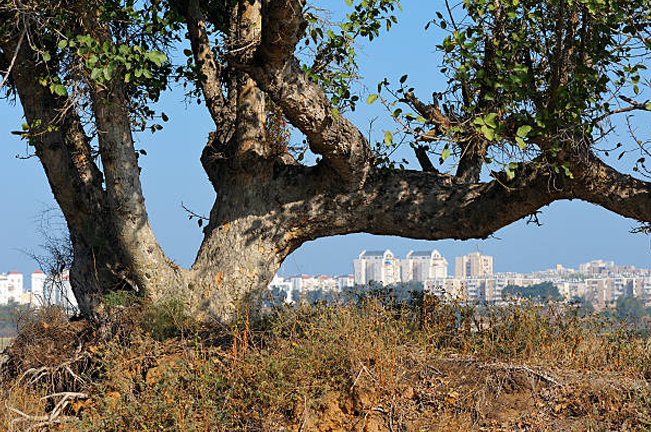
Contribution to Biodiversity
The Kalios tree supports a wide range of wildlife, providing shelter, food, and breeding grounds for various species. Its dense canopy and rough-textured bark are home to insects, birds, and small mammals, while its fruits serve as food for many animals, contributing to the area’s biodiversity.
Role in Soil Health and Water Conservation
The deep roots of the Kalios tree help stabilize soil, preventing erosion, especially in regions prone to degradation. Its presence enhances the soil’s nutrient content, making it more fertile for other plant species. Additionally, the tree’s broad canopy offers shade, reducing evaporation and conserving moisture in the soil, which is crucial for water conservation in drier climates.
Air Quality and Carbon Sequestration
Like many trees, the Kalios tree plays a vital role in improving air quality by absorbing carbon dioxide and releasing oxygen. Its ability to sequester carbon helps mitigate the effects of climate change, contributing to the reduction of greenhouse gases.
Combating Deforestation and Desertification
The Kalios tree is particularly valuable in combating desertification in regions at risk of becoming arid. Its hardiness allows it to thrive in poor soil conditions, and planting the Kalios tree in deforested areas can help restore degraded landscapes, preventing further environmental degradation.
Economic and Medicinal Uses
Beyond its ecological significance, the Kalios tree provides a range of economic and medicinal benefits that have sustained local communities for centuries.

Traditional and Modern Uses of the Tree’s Wood, Bark, and Leaves
The Kalios tree’s wood is durable, making it valuable for constructing tools, furniture, and even paper products. Its bark and leaves have been traditionally used in various medicinal practices to treat ailments such as skin diseases, toothaches, and digestive issues. These traditional uses have been passed down through generations, reflecting the tree’s longstanding medicinal importance.
Medicinal Properties
Modern research has begun to validate the medicinal properties of the Kalios tree. Extracts from its bark and leaves have shown antibacterial, antiviral, and anti-inflammatory properties, making it a key resource in traditional and alternative medicine.
Economic Value and Local Support
Economically, the Kalios tree supports local economies by providing timber and non-timber products, which can be sustainably harvested and sold. Additionally, eco-tourism centered around the tree and its habitat helps create jobs, generating income for local communities.
Sustainable Harvesting
To ensure the Kalios tree’s longevity, sustainable harvesting practices are essential. This includes regulated cutting of timber, responsible collection of non-timber products, and ensuring that replanting efforts match or exceed the rate of harvesting.
Cultural and Spiritual Significance
In many parts of the world, the Kalios tree holds deep cultural and spiritual importance.
Folklore, Rituals, and Traditions
The tree features prominently in local folklore, where it is often considered a symbol of strength and resilience. In some cultures, parts of the tree are used in spiritual rituals, believed to ward off evil spirits or bring good fortune.
Reverence Across Societies
In societies where the Kalios tree grows, it is revered as a sacred plant, symbolizing life, health, and prosperity. Communities often protect these trees, passing down stories and rituals that keep the Kalios tree at the heart of cultural heritage.
Symbolism in Art and Literature
The Kalios tree has also been a source of inspiration in art and literature. Its unique form and enduring presence have made it a symbol of longevity and wisdom, often depicted in local art and storytelling.
Threats to the Kalios Tree
Despite its many benefits, the Kalios tree faces numerous threats that jeopardize its survival.
Environmental Challenges
The Kalios tree is increasingly vulnerable to environmental challenges such as climate change, deforestation, and habitat loss. Rising temperatures and shifting weather patterns threaten the tree’s natural habitat, while deforestation strips away the ecosystems that the tree helps support.
Human Activities
Human activities, including unsustainable logging, urbanization, and agricultural expansion, pose significant threats to the Kalios tree. These practices not only reduce the number of trees but also disrupt the surrounding ecosystem, making it harder for the species to regenerate.
Impact on Population and Ecosystem
As the Kalios tree’s population declines, the effects are felt throughout the ecosystem. Loss of the tree results in habitat destruction for wildlife and a reduction in the ecological services it provides, such as water retention and soil stabilization.
Conservation Efforts for the Kalios Tree
To safeguard the Kalios tree, conservation efforts are crucial.
Ongoing Conservation Initiatives
Various initiatives are underway to protect the Kalios tree, including reforestation projects and the establishment of protected areas. These efforts aim to restore degraded habitats and increase the tree’s population in its native range.
Role of Local Communities and Governments
Local communities and governments play an essential role in the conservation of the Kalios tree. By enforcing regulations on logging and land use, and promoting sustainable forestry practices, they help ensure the tree’s survival. Community-led initiatives that involve planting and protecting the Kalios tree have shown promising results in recent years.
Success Stories in Reforestation
Reforestation projects in several regions have successfully increased the Kalios tree population, providing habitat for wildlife and restoring ecological balance. These success stories highlight the potential for community-driven conservation efforts to make a lasting impact.
How Individuals Can Help
Individuals can also contribute to the conservation of the Kalios tree by supporting sustainable forestry products, participating in local conservation programs, and spreading awareness about the tree’s importance.
Predictions for Survival
With the continued efforts of conservation programs and sustainable practices, the Kalios tree has a chance to survive the pressures of climate change and deforestation. However, without action, its future remains uncertain.
New Uses in Sustainable Practices
Innovations in sustainable practices may unlock new uses for the Kalios tree, particularly in eco-friendly industries. Its role in carbon sequestration and its medicinal properties offer opportunities for integrating the tree into modern sustainability initiatives.
Role of Education and Awareness
Education and public awareness are critical to the long-term preservation of the Kalios tree. By informing people about its significance, we can ensure that future generations appreciate and protect this vital species.
Different Species
Streblus asper (Streblus asper Lour.)
Commonly known as the Kalios tree or Siamese rough bush.
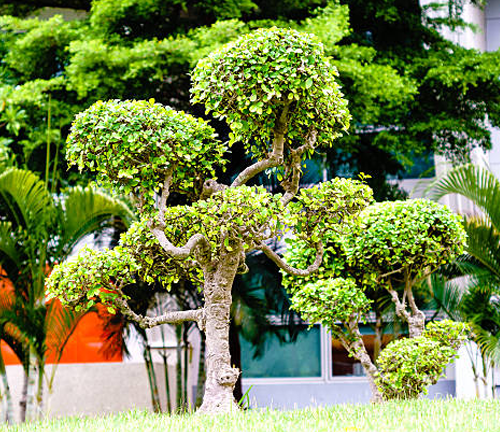
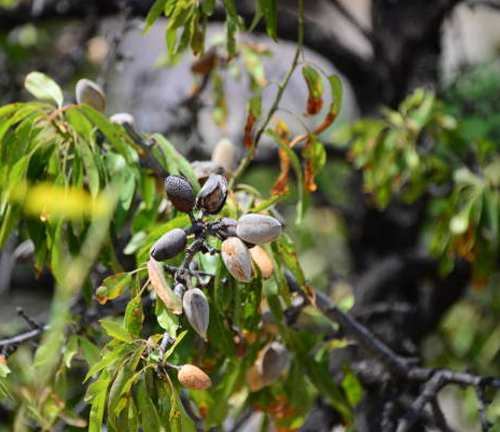
Streblus indicus (Streblus indicus)
Native to parts of India and surrounding regions.
Streblus elongatus (Streblus elongatus)
Found in Southeast Asia and commonly known for its elongated leaves.

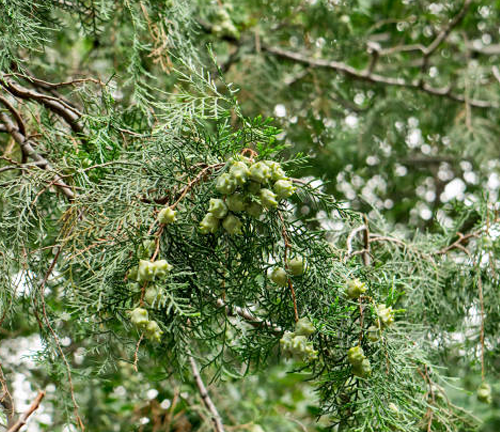
Streblus taxoides (Streblus taxoides)
A species found in the Pacific Islands.
Frequently Asked Questions (FAQs)
- What is the Kalios Tree?
The Kalios Tree (Streblus asper) is a species of tree native to tropical and subtropical regions of Asia. It is known for its ecological, medicinal, and economic importance, as well as its cultural significance in various communities. - Where is the Kalios Tree commonly found?
The Kalios Tree is predominantly found in tropical regions across Southeast Asia, India, and parts of East Africa. It thrives in well-drained soils and can grow in a variety of environmental conditions, from forests to coastal areas. - What are the ecological benefits of the Kalios Tree?
The Kalios Tree supports biodiversity by providing habitat and food for wildlife. It also helps prevent soil erosion with its deep roots and contributes to air purification through carbon sequestration. - What are the traditional uses of the Kalios Tree?
Traditionally, the Kalios Tree is used for various purposes, including wood for construction, bark and leaves in traditional medicine, and its fruit as a food source for animals. Its medicinal properties have been used to treat ailments such as skin diseases, digestive issues, and infections. - What are the medicinal properties of the Kalios Tree?
Extracts from the Kalios Tree’s bark, leaves, and latex have antibacterial, antiviral, and anti-inflammatory properties. These extracts are often used in traditional medicine to treat infections, toothaches, and other health issues. - What threats does the Kalios Tree face?
The Kalios Tree faces numerous threats, including deforestation, habitat loss, climate change, and human activities like unsustainable logging and urbanization. These factors contribute to the decline of its population in some areas. - How can the Kalios Tree be conserved?
Conservation efforts for the Kalios Tree include reforestation projects, sustainable harvesting practices, and community-driven initiatives to protect its habitat. Governments and NGOs are also working on policies to preserve the tree and promote its sustainable use. - What role does the Kalios Tree play in local cultures?
The Kalios Tree holds significant cultural and spiritual value in many communities. It is often featured in folklore, rituals, and traditional ceremonies. In some regions, it is believed to bring good fortune or serve as a protector against evil spirits. - How can the Kalios Tree be used in sustainable practices?
The Kalios Tree can be used in sustainable practices, such as eco-friendly timber production and agroforestry. Its ability to grow in degraded soils makes it valuable for reforestation projects and combating desertification. - What are the economic benefits of the Kalios Tree?
Economically, the Kalios Tree provides valuable timber and non-timber products that support local economies. Its medicinal uses, as well as eco-tourism opportunities in regions where the tree grows, add to its economic importance. - Can the Kalios Tree help combat climate change?
Yes, the Kalios Tree plays a role in combating climate change through carbon sequestration. It absorbs carbon dioxide from the atmosphere, helping to reduce greenhouse gas levels and mitigate the effects of climate change. - Is the Kalios Tree endangered?
While the Kalios Tree is not currently listed as endangered, it faces threats that could jeopardize its population in the future. Conservation efforts are critical to ensuring its long-term survival. - How can individuals help protect the Kalios Tree
Individuals can contribute to the protection of the Kalios Tree by supporting sustainable forestry products, participating in conservation initiatives, and raising awareness about the tree’s importance in local ecosystems.


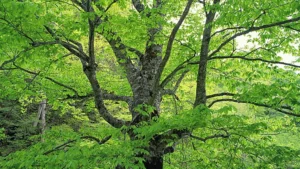
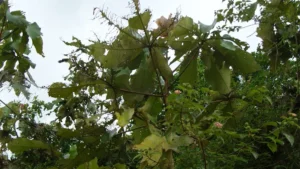
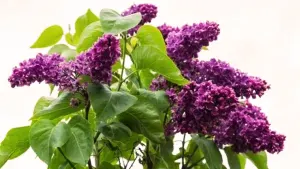
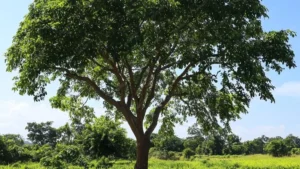




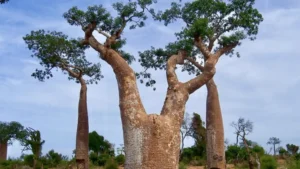

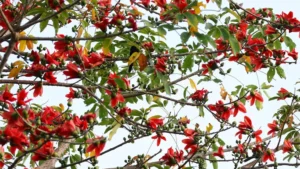
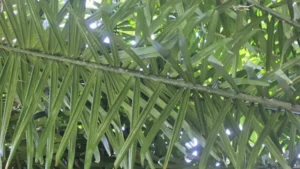
Leave your comment